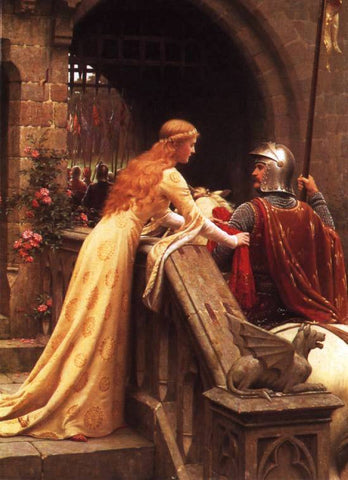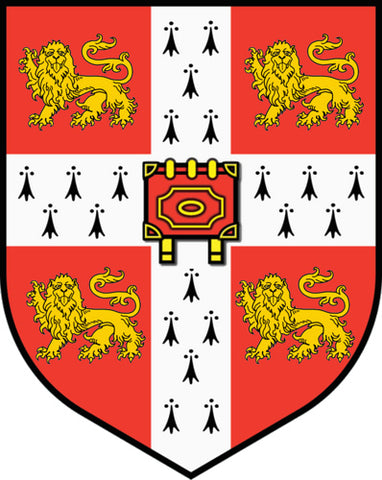
What is the origin of the second lion in the Royal Arms of England? Some historians suggest that it came into the Arms through Henry I’s marriage to Adeliza, daughter of Godfrey of Louvain, image above, who bore a lion in allusion to his name (Leuwon : Leones). But there is no proof that the second lion was intended to commemorate this union, it may indeed have been added purely for artistic effect. From his grandfather Henry II is supposed to have inherited two gold lions on red, but they first appear as an undoubted shield of arms in the seal of his son John. But Prince John’s lions looked not out of the shield but over their shoulders (reguardant). This may have been deliberate, to distinguish the son’s Arms from those of his father. Two lions differently placed were probably used by Henry’s eldest son, Richard I, during his crusade.
Over the course of time the two lions came to be regarded as having been the Arms of all English kings from William I to Henry II, and they appear in the shields of several foundations connected with those monarchs. The are found quartered in the shield of the Duchy of Brunswick, owing to the marriage of Maud, daughter of Henry II, to Henry V, Duke of Bavaria. When Maud’s remote descendant, George, Duke of Brunswick and Luneberg, ascended to the English throne as George I, the two lions were reintroduced into the Royal Arms and remained there for a century. Just as Henry I is thought to have acquired the second lion through marriage, it is also thought that Henry II added the third when he married Eleanor of Aquitaine, whose Arms were known to be a single golden lion on a red shield. The three lions in their present incarnation are thought to have been first used by Richard I being placed on his seal in 1194.
Over the course of time the two lions came to be regarded as having been the Arms of all English kings from William I to Henry II, and they appear in the shields of several foundations connected with those monarchs. The are found quartered in the shield of the Duchy of Brunswick, owing to the marriage of Maud, daughter of Henry II, to Henry V, Duke of Bavaria. When Maud’s remote descendant, George, Duke of Brunswick and Luneberg, ascended to the English throne as George I, the two lions were reintroduced into the Royal Arms and remained there for a century. Just as Henry I is thought to have acquired the second lion through marriage, it is also thought that Henry II added the third when he married Eleanor of Aquitaine, whose Arms were known to be a single golden lion on a red shield. The three lions in their present incarnation are thought to have been first used by Richard I being placed on his seal in 1194.

CAMBRIDGE UNIVERSITY ARMS
Many English cities and towns bear on or more of the royal lions in their civic Coats of Arms. Canterbury has a lion on its red chief above the three Cornish choughs ( birds) of St. Thomas-a-Beckett. York has five lions on a cross of St. George. Winchester has two lions supporting the middle one of five castles on a red shield. Cambridge University has four lions on a red shield around its ermine cross bearing a red-bound book. The three lions also form the Coat of Arms for the Channel Islands, between England and France.

